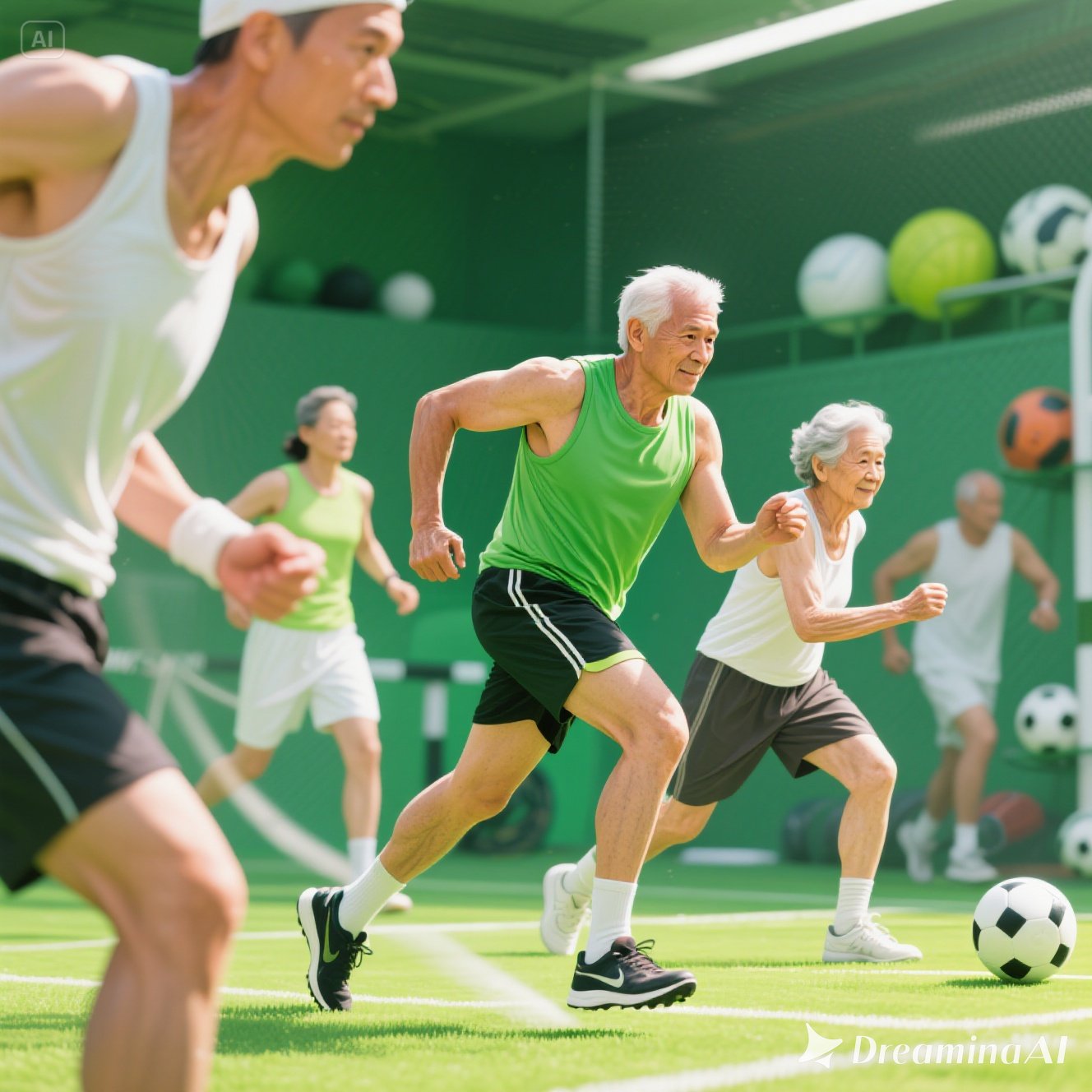Explore how exercise influences hormonal health, including stress regulation, metabolism, mood, and long-term well-being.
Hormones play a fundamental role in nearly every aspect of human health — from energy levels and mood regulation to metabolism, muscle growth, and stress response. As modern lifestyles become more demanding, hormonal imbalances are increasingly common.
Exercise, however, remains one of the most powerful and natural tools to restore hormonal balance.
Understanding how physical activity influences the endocrine system helps individuals train more effectively, manage stress, and support long-term well-being. This article explores the science behind hormonal health and how exercise directly shapes it.
1. What Are Hormones and Why Do They Matter?
Hormones are chemical messengers produced by the endocrine glands.
They regulate vital processes such as:
- metabolism
- sleep cycles
- reproductive health
- mood and emotion
- muscle growth
- appetite and digestion
- stress response
Even small imbalances can affect physical and mental performance. That is why hormonal health is essential for both daily function and long-term vitality.
2. How Exercise Influences Hormonal Balance
Exercise affects the production, release, and regulation of many key hormones. The right type and intensity of training can enhance overall hormonal health, while excessive or poorly structured exercise can disrupt it.
Here are the main hormonal responses triggered by physical activity:
2.1. Insulin: Improved Sensitivity and Glucose Control
Exercise increases insulin sensitivity, allowing the body to use glucose more efficiently.
Benefits include:
- better energy use
- reduced risk of type 2 diabetes
- improved weight management
- lower inflammation
Even short sessions of walking or resistance training can improve insulin response.
2.2. Cortisol: Regulating the Stress Hormone
Cortisol rises during exercise, especially high-intensity workouts.
This response is normal and temporary. Over time, regular exercise helps:
- lower resting cortisol levels
- improve stress management
- reduce anxiety
- stabilize mood
However, excessive training without rest can increase cortisol chronically, leading to fatigue and hormonal disruption.
2.3. Growth Hormone: Muscle Repair and Fat Metabolism
Growth hormone (GH) plays a crucial role in:
- muscle recovery
- tissue repair
- fat oxidation
- overall cellular regeneration
High-intensity interval training (HIIT), strength training, and deep sleep naturally boost GH levels.
2.4. Testosterone: Strength, Energy, and Confidence
Testosterone is essential for both men and women.
Benefits of optimal testosterone include:
- increased muscle mass
- enhanced motivation
- improved bone density
- stronger metabolism
Resistance training, especially compound lifts, is one of the most effective ways to increase testosterone naturally.
2.5. Endorphins and Dopamine: Mood and Reward Regulation
Exercise triggers the release of endorphins and dopamine, leading to:
- better mood
- improved focus
- reduced cravings
- enhanced motivation
This hormonal shift explains the well-known “post-workout high”.
2.6. Estrogen and Progesterone: Balance in Women’s Health
For women, exercise supports hormonal cycles by:
- stabilizing estrogen levels
- reducing PMS symptoms
- supporting fertility
- improving bone health
- reducing risk of hormonal disorders
Moderate exercise is most effective, while overtraining may disrupt menstrual balance.
3. Types of Exercise and Their Hormonal Effects
3.1. Strength Training
Boosts:
- testosterone
- growth hormone
- insulin sensitivity
Supports muscle building and fat loss.
3.2. Cardiovascular Exercise
Improves:
- stress hormone regulation
- cardiovascular health
- endorphin release
Great for mood and metabolic balance.
3.3. High-Intensity Interval Training (HIIT)
Enhances:
- growth hormone
- fat metabolism
- metabolic rate
But should be moderated to avoid cortisol spikes.
3.4. Yoga and Mindfulness-Based Exercise
Reduces:
- cortisol
- anxiety
- systemic inflammation
Improves hormonal harmony and nervous system stability.
4. Signs Your Hormones Benefit from Exercise
You may notice improvements such as:
- better sleep
- increased energy
- improved mood
- reduced cravings
- stable weight
- higher motivation
- better menstrual balance
These are indicators that exercise is positively influencing your endocrine system.
5. When Exercise Can Disrupt Hormones
Overtraining or poor recovery may cause:
- chronic fatigue
- irritability
- sleep disruption
- lowered immunity
- irregular menstrual cycles
- increased cortisol
- decreased performance
Balance between training, rest, and nutrition is essential for maintaining hormonal health.
6. Tips to Support Hormonal Health Through Exercise
1. Prioritize Strength Training + Moderate Cardio
A balanced combination yields optimal hormonal benefits.
2. Don’t Skip Rest Days
Recovery is when hormone regulation and tissue repair occur.
3. Eat Enough Protein and Healthy Fats
Essential for hormone production.
4. Get Quality Sleep
Deep sleep boosts growth hormone and testosterone.
5. Avoid Extreme Dieting
Calorie restriction can disrupt thyroid, cortisol, and reproductive hormones.
6. Reduce Stress
Combine workouts with relaxation techniques like yoga or breathwork.
Conclusion
Hormonal health and exercise are deeply interconnected.
Physical activity influences nearly every major hormone in the body, helping regulate stress, improve mood, enhance energy, and support long-term metabolic and reproductive health.
With the right balance of training, recovery, nutrition, and lifestyle habits, exercise becomes a powerful natural tool to optimize hormonal function.
Understanding this connection allows individuals to train smarter and achieve better overall well-being.
Baca juga :














